The Stories Behind the Dresses: Collecting Stories with Textile Curator Patricia Edmonson
Patricia Edmonson on the Art of Fashion Preservation and Storytelling
Collecting Stories is a feature of Landline that invites guests to share meaningful objects from their lives or work and tell the stories behind them.
In my first edition of Collecting Stories, I’m so pleased to feature Patricia Edmunson of the Western Reserve Historical Society. Patty is an incredibly knowledgeable and fun fashion historian and textile curator who connects the things we wear with the lives we lead. Her objects invite us to fantasize about the worlds of Brigerton, The Gilded Age, and more and reminds me that inclusive collecting is also vital to telling inclusive stories about our past.
What better way to get hyped for Season 3 of Bridgerton than to look at some beautiful clothes and learn about the stories they tell from an expert?
If you would like to participate and tell the stories behind some important objects from your life and work, please email me.
Show and Tell
Name: Patty Edmonson.
Position: Museum Advisory Council Curator of Costume and Textiles
Institution: Western Reserve Historical Society (Cleveland, OH)
How did you get into your current role? What drew you to this work?
I definitely took some detours getting here, studying decorative arts history, material culture, and working on digital museum projects (this was the big one). In 2016, the costume curator job here opened up so I moved from museum education work back into the curatorial world.
I grew up coming to the WRHS. Both of my parents work in museums so I came into the field naturally, but reluctantly! As an art history student at Case Western Reserve University, I found myself writing every paper about the clothing in the paintings, so I interned here with the costume collection in 2005. I get really emotional when I think about the things people lived with every day: the clothes they wore to funerals, the toys owned by sick children, the evidence of life found in sweat stains and torn hems. And that’s why I love exhibitions because it’s one way to transport people and tug at their heartstrings. (Can you tell how corny I am?)
What’s your favorite object(s) in the collection?
I feel like I find a new favorite with each exhibition, so here are two (sorry!)
Object 1: Dinner Dress, ca. 1880. Madame Dumonteil, 40 Boulevard Haussmann, Paris. Worn by Helen Cowles Pomeroy (1851-1884). Gift of Julia Pomeroy 2019.18.3
What is it?
It’s a gorgeous silk satin evening gown that came to us in 2019 through Julia Pomeroy, and belonged to Helen Cowles Pomeroy (1851-1884). I think it was part of her 1880 trousseau, when she married Clevelander George Pomeroy in Paris.
Clevelanders in the same social circle would have recommended lesser-known couturiers to one another, like this little-known maker, Dumonteil. Another Clevelander, Emma Sterling also visited Dumonteil, and wrote in her 1886 diary about fittings sometimes lasting two hours. Her silk and wool gowns cost $76 and $90, roughly $1800-2200 today. It was exciting for me to research a dressmaker that not many people know about today. I love the hunt!
What story does it tell?
The dress is beautiful, but I really love its wearer, Helen Cowles. She traveled a ton in the 1870s, and from London, she wrote to family, “I am tired of this old England, now that I have left Paris there is nothing I care to remain for.” It’s no surprise that she longed for Paris: it’s where Helen fell in love with the Comte de Rochemonteix. When he proposed, her family persuaded her to refuse on grounds of his Catholicism and lack of funds. She later told her mother, “I can’t come down to being plain Mrs. Smith after making my mind up to being a Countess.” She did end up having a real trousseau and marrying in Paris after all, just with someone else - George Pomeroy. Dumonteil made this gown for her and I’m going to hope/believe that the union was a real second chance at love.
Why is this item so meaningful to you?
In addition to her letters, Helen kept a travel journal. She writes about flirting with men on the boat overseas, a hot priest, and meeting people, among other things. She also wrote a lot about her painful neuralgia. Even though she’s writing in the late 1870s, it just feels so relatable, and I think it’s a great example of how we can connect with the past. Helen was like us in a lot of ways, and her writing and dresses bring it to life.
Is there anything else you’d like to share about your show-and-tell item?
I don’t collect older garments that often these days. This was sort of exciting because I had this one dress of Helen’s, and I became a sort of internet stalker, finding Julia Pomeroy’s sister-in-law on LinkedIn. It led me to Julia, and then more dresses, photos, and journals in her attic.
Where can we learn more about this and its history?
Explore this virtual exhibit from Western Reserve Historical Society on how Clevelanders experienced French fashion: “Si Jolie: A Virtual Exhibit Experience.”
Object 2: Dress, ca. 1960-62. Designed and worn by Amanda Wicker (1894-1987). Gift of the Family of Amanda Wicker through Constance Hunt 87.86.14
What is it?
Clevelander Amanda Wicker made and wore this dress during the 1960s. It’s a sort of zany lime green under a gray lace. I love the back detail - it has a sort of half cape. She was known locally as “Madame Wicker” and the newspaper wrote about her church clothes. This is a great example of something made and worn by a Black woman in our collection - an area I’m trying to grow.
What story does it tell?
From 1924 until 1987, Wicker empowered Black Clevelanders through sewing, from private lessons to the creation of her Clarke School of Dressmaking and Fashion Design. She taught people to sew, to use industrial textile equipment, and she was a real fixture in the community.
She gave young people opportunities to find work, created a veterans program, and was essentially an activist badass. Nationally, she was involved with NAFAD, which was the professional organization for Black designers. A dress like this turned her into a walking advertisement for her work.
Why is this item so meaningful to you?
In 2021, I opened an exhibition about Wicker, sharing her story for the first time since her 1987 passing. Using her garments and her fantastic photographic archive helped us connect with our community in a new way. More visitors felt seen. As museums and historical sites work to move beyond the glorification of wealthy white citizens, expanding the costume collection and presenting material from the institution’s African American Archives is super important.
Is there anything else you’d like to share about your show-and-tell item?
Working on this exhibition again brought me in touch with people and objects. I posted something about Wicker on Facebook, and a mutual connection commented that Wicker made her mother’s wedding dress (see below).
It led to a new friend, and new accession, and made the exhibition better than I expected. We also then took in more of the family’s clothing, expanding our African American holdings.
Where can we learn more about this and its history?
I’m slowly working on an article about Wicker that I hope will end up in one of the scholarly journals about dress. Here’s an interview I did about Wicker and the exhibit.
Where can we learn more about you and your work?
I share other objects and stories on TikTok, if you’re so inclined, @patty_fashionhistorian
Note: You can hear more from Patty about fashion history in the next episode of Hello, Friend! Consider subscribing to a paid level to hear that when it drops next week!
Show and Tell: Your turn!
If you would like to participate and tell the stories behind some important objects from your life and work, please email me.
Call Me! (or not!)
I’d love to hear from you! Drop your thoughts in the comments to share with the Landline community, or reply to this email to contact me. You can also find me on Instagram, or email me. I don’t have a dedicated phone line yet (just like in my youth), but maybe someday I’ll achieve Claudia status and get a Landline.
Thanks for reading!
This is a free post for subscribers of Landline. Help me spread the word by sharing it with a friend who would love it. Thank you for being a friend!





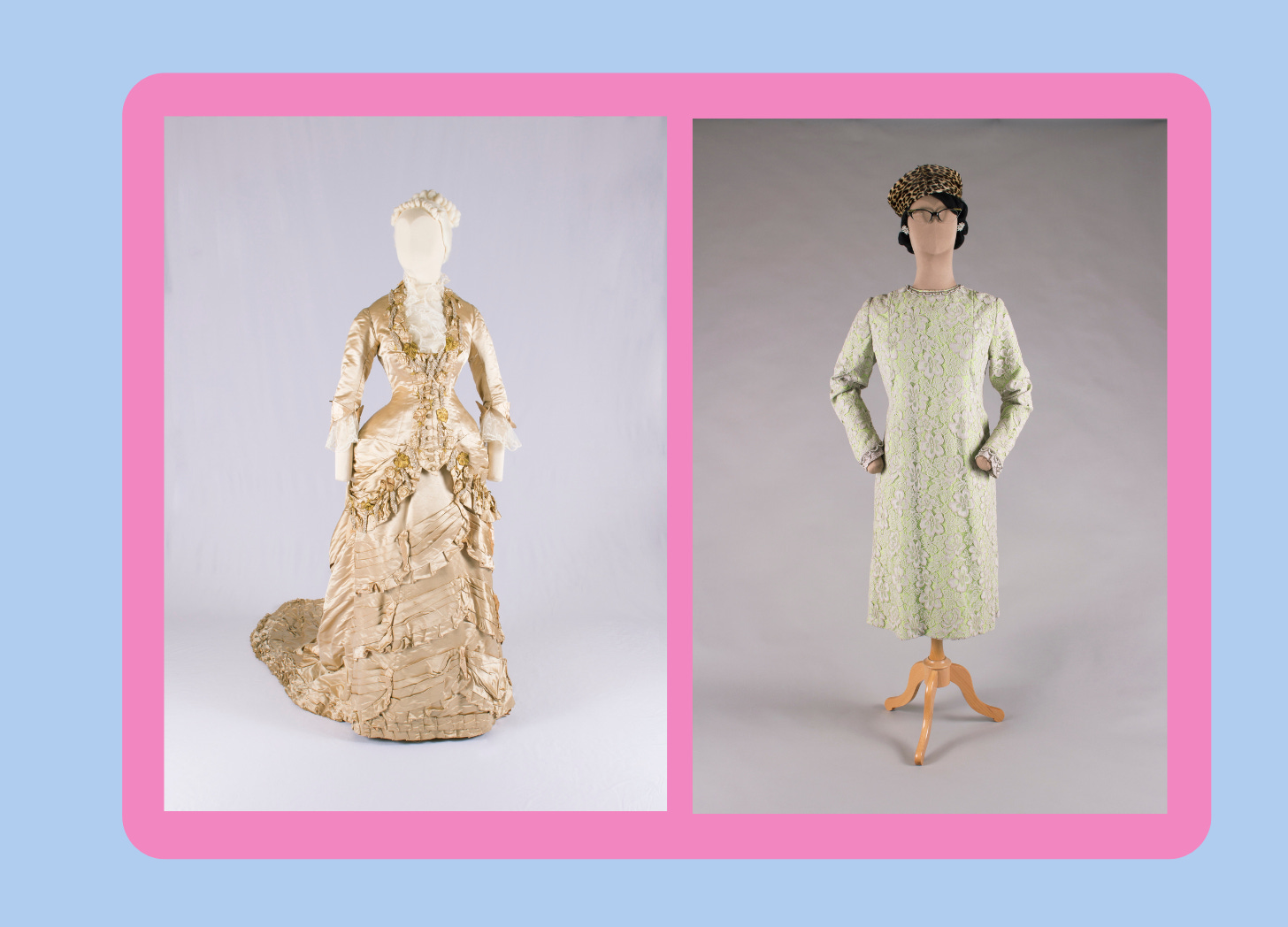

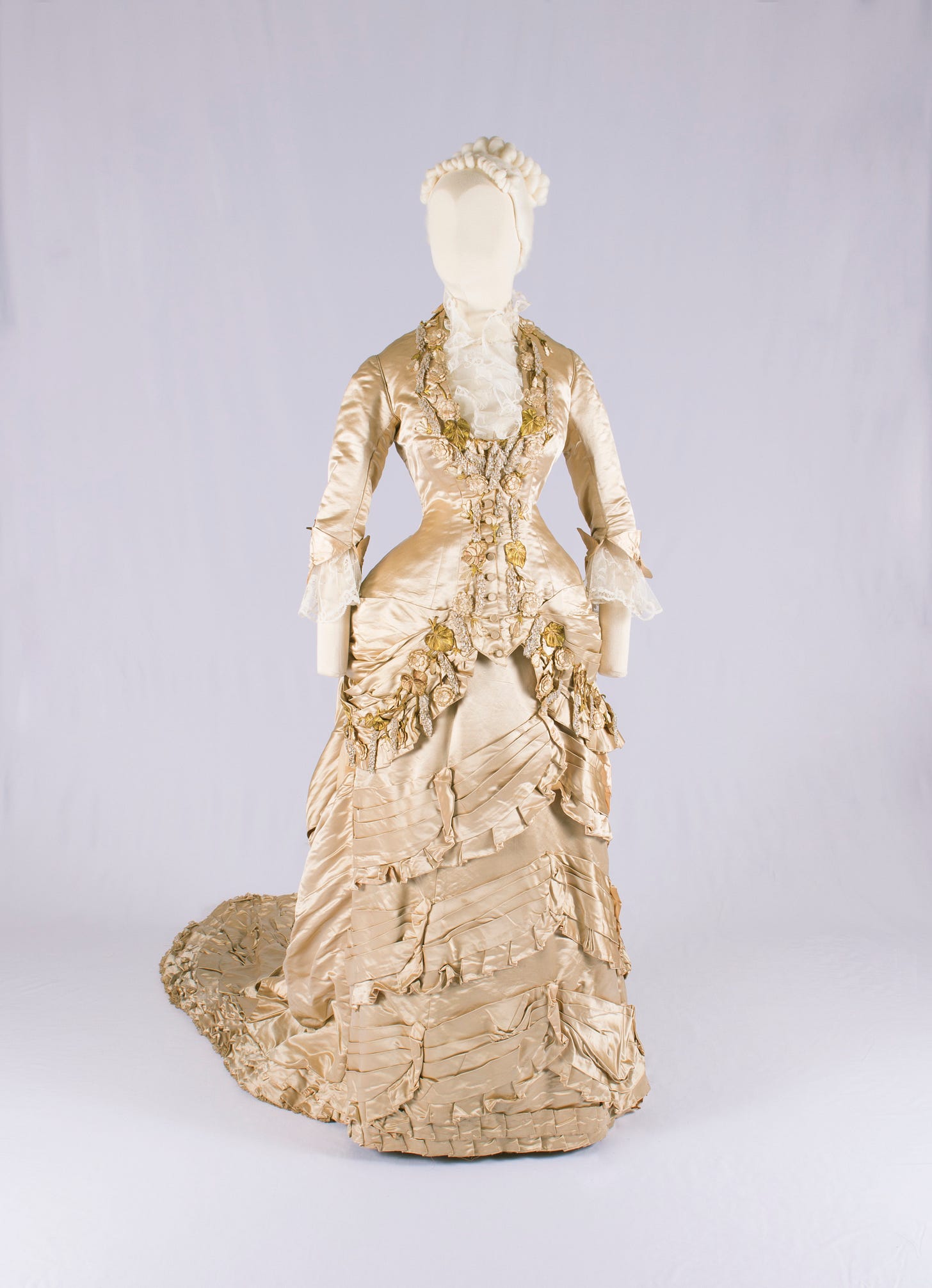
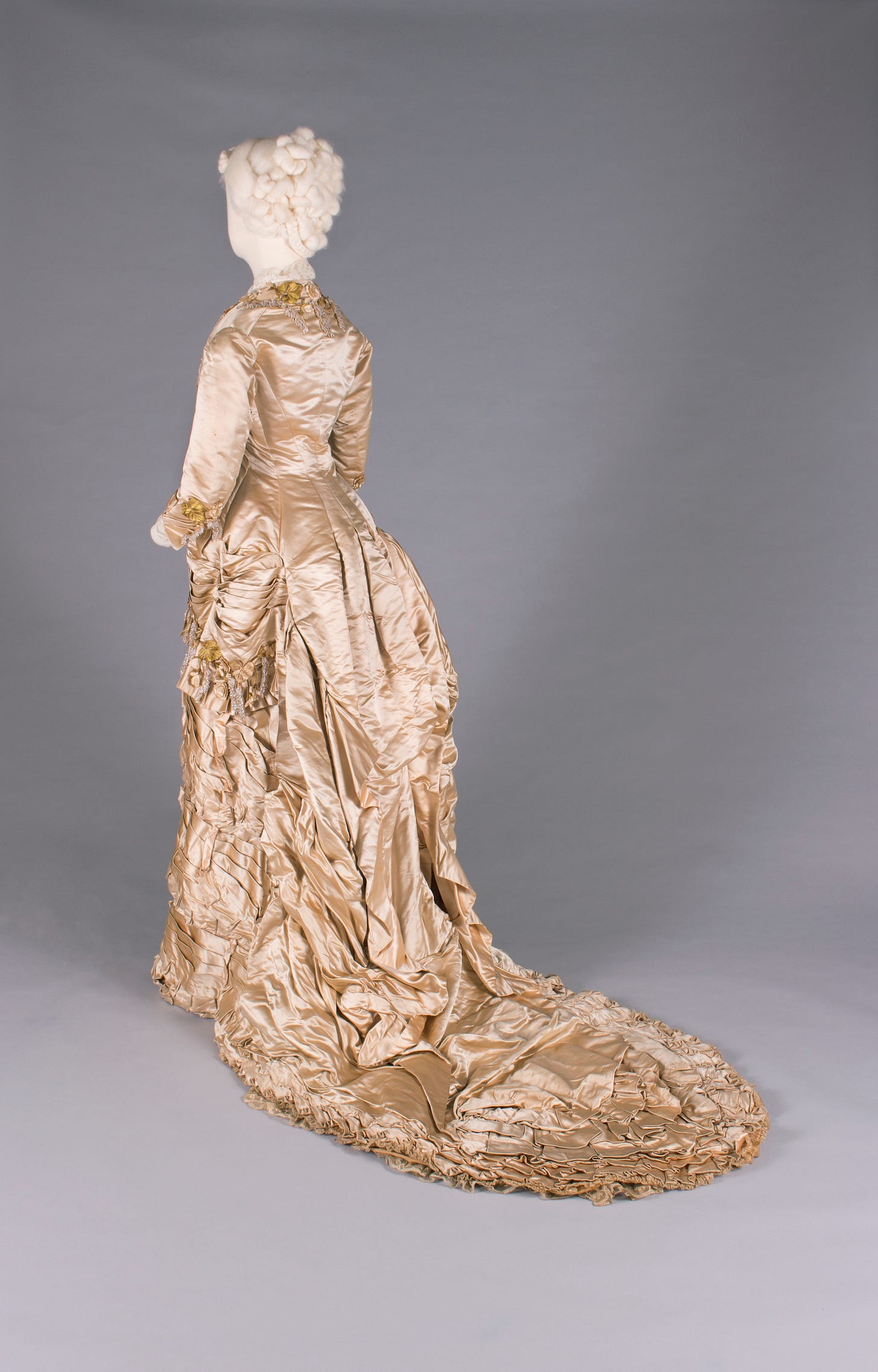
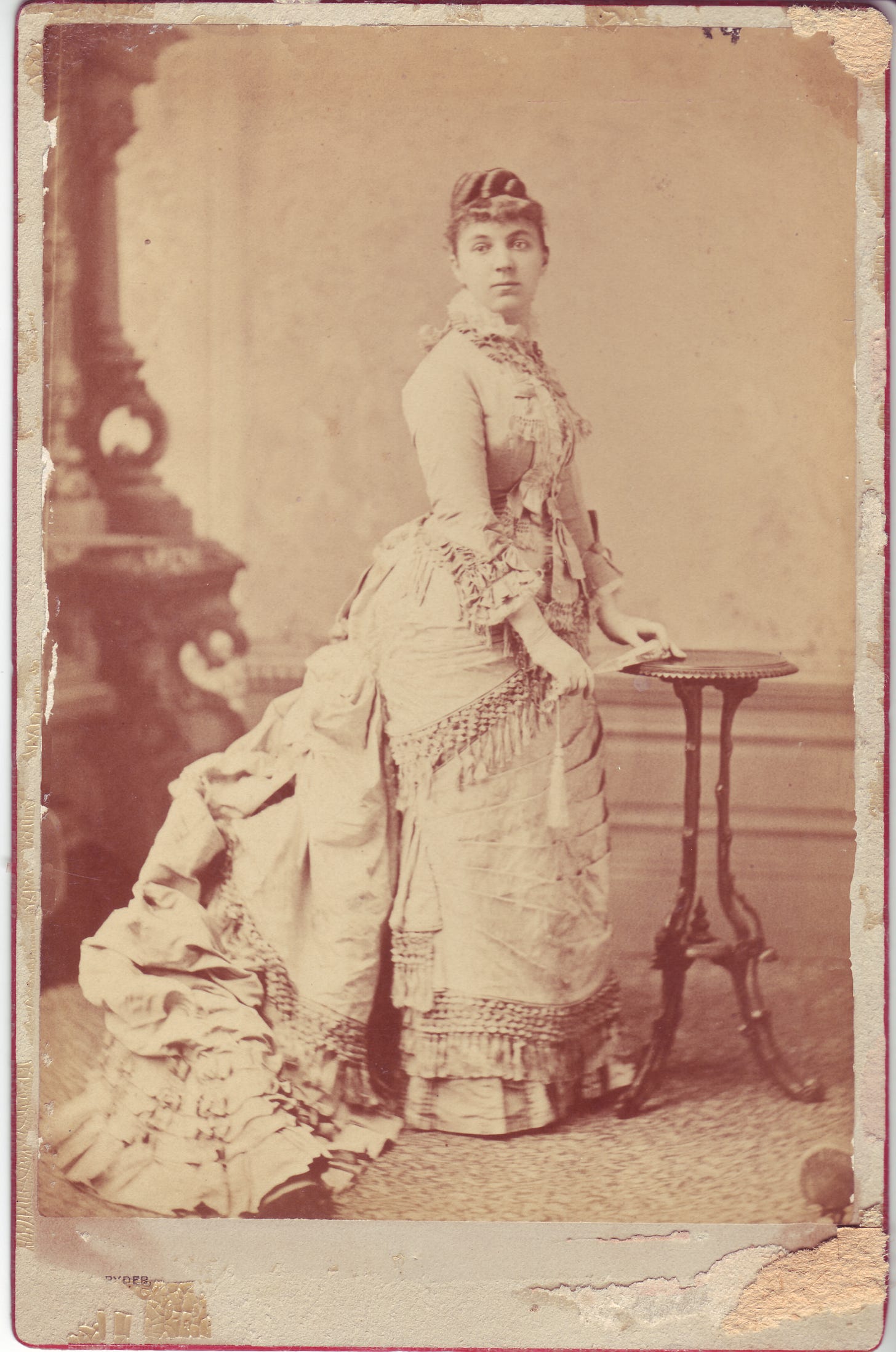
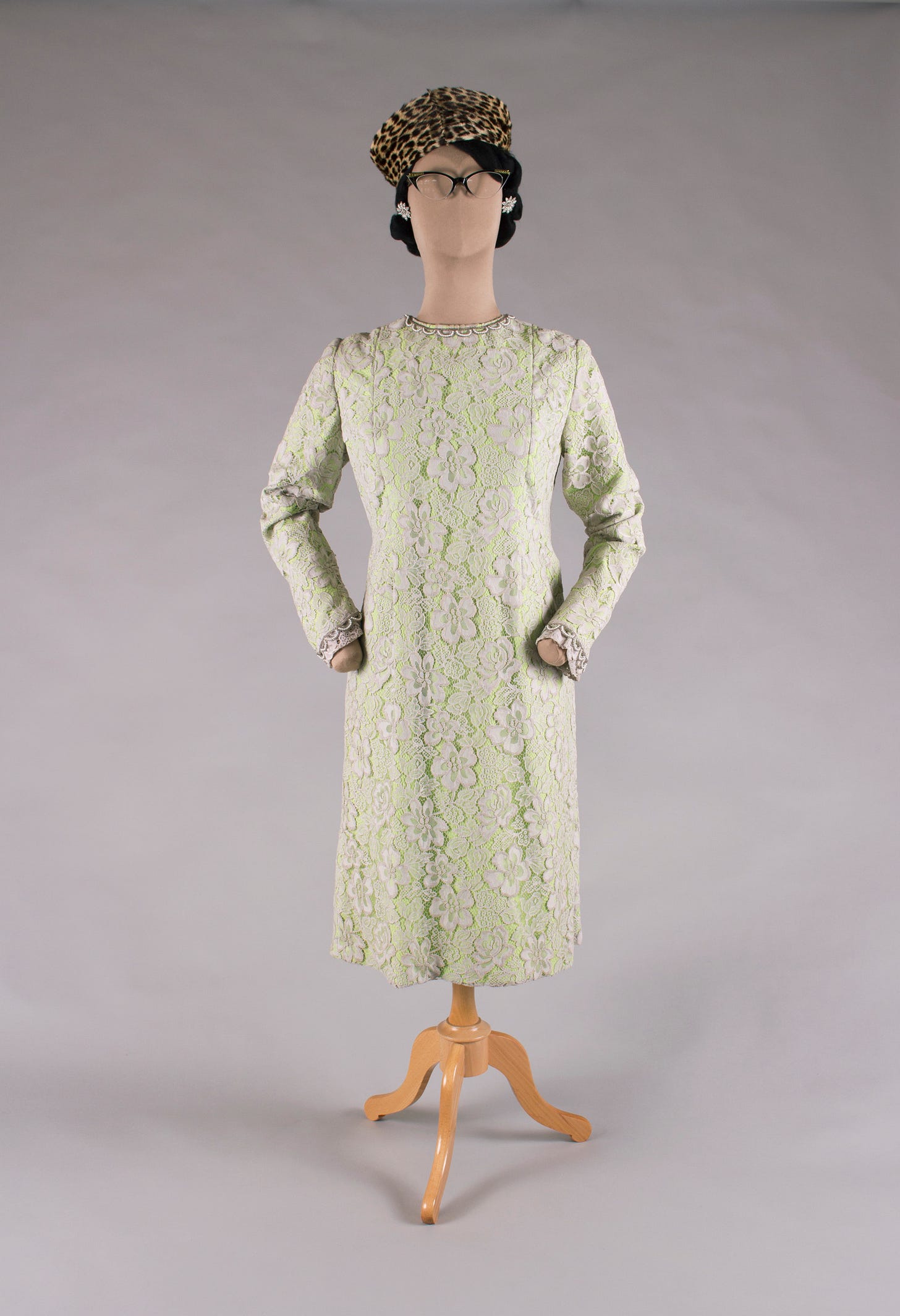
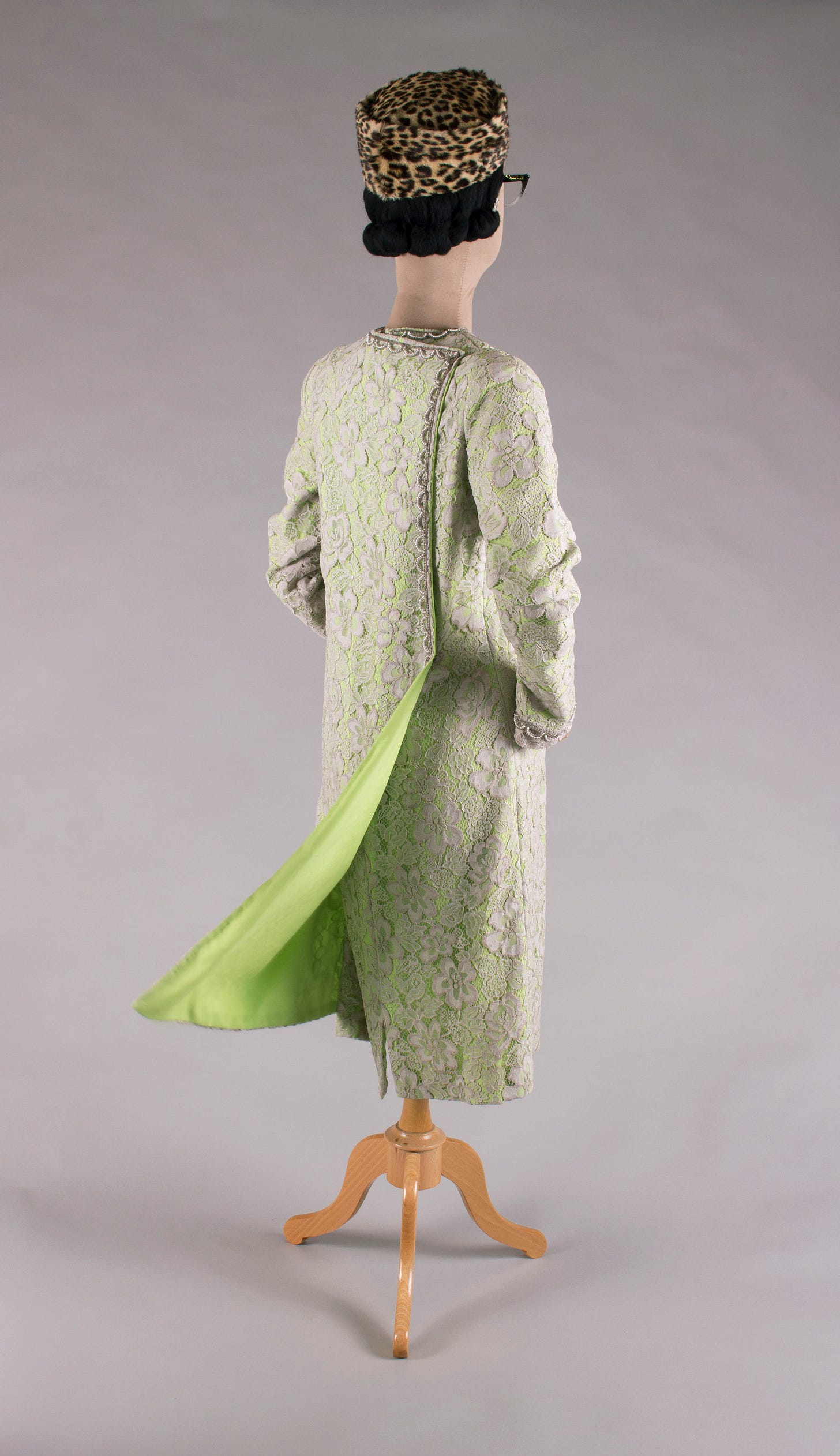
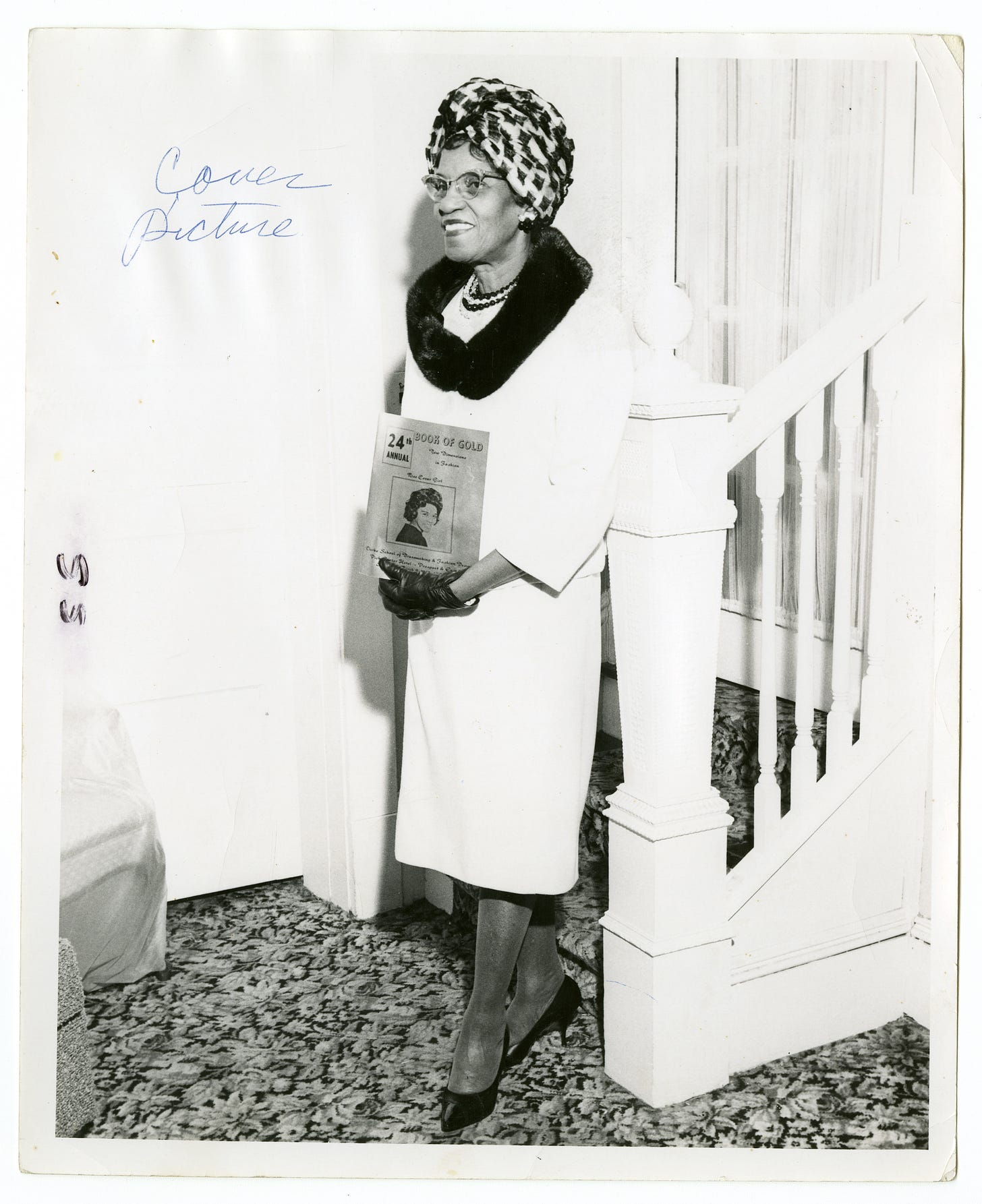

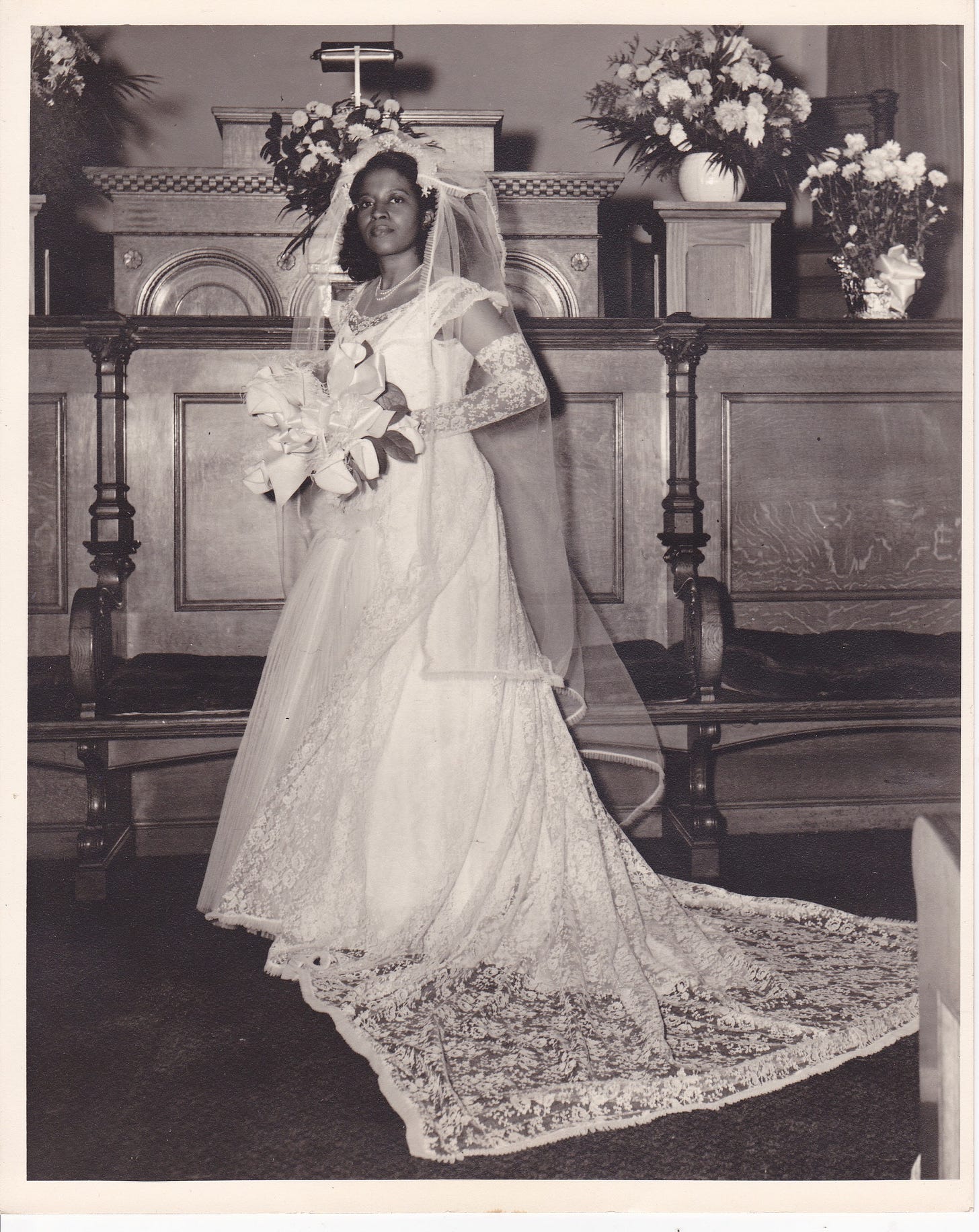


This is so fun! I love the personal stories behind museum pieces like this.